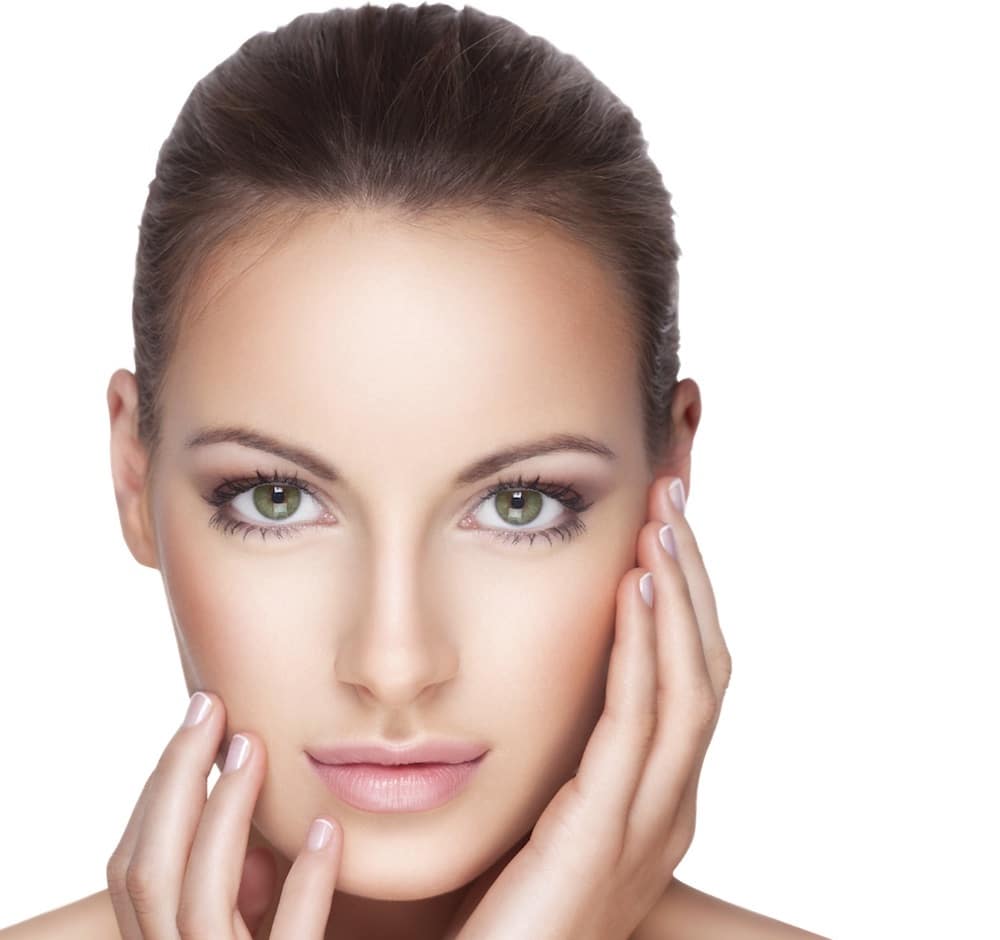
The term was coined in 1945 by the famous make- up artist Max Factor, who taught students at his professional make-up academy to reshape the facial features in a step-by-step tutorial which is still available online today. This technique is now known as face contouring and is popular both on the runway and online, among stars, bloggers and it-girls who have spread the trend to an ever-increasing number of women.
It consists in the creation of light and shade using foundation, concealers and light, dark and highlighting powders, to reshape the facial contours and restore volume and three-dimensionality, while concealing small imperfections (like a double chin or a bulbous nose). The effect is often amazing but it’s also extremely fleeting. A quick swipe of cleanser and everything goes back to normal!
The good news? To achieve similar but durable results, all you have to do is contact a specialist capable of reshaping your face naturally and harmoniously, thanks to certain combined cosmetic medical techniques. From the eclectic botulinic toxin to hyaluronic acid fillers and fine thread contouring. Here they are, step by step.
From square… to triangular
One of the most common defects that is an excessively square face, due to over development of the masseter, the muscle that sits between the mandible and cheekbone, which tends to get bigger due to genetic factors, malocclusion or incorrect mastication. A more pleasantly triangular can be created using type A botulinic toxin. Injected locally using a micro syringe, it goes to work on the masseter, reducing thickness and roving the lower facial contour.
The restyling can be completed by retouching the chin. Starting from below: a micro-injection of Botox puts the muscles “to sleep”, stimulating those of the upper part to contract more tightly, with a visible lifting effect and a reduction of the double chin. Again: a single injection of botulinic into the tip of the chin corrects that very pronounced horizontal line, or even a “patchwork” effect, both caused by excessive movements (or hyperkinesia) of the chin.
Perfect oval
The grafting of fine contouring threads along the line that runs from the corner of the mouth to the periocular region also helps improve the definition of the oval. Made of a material that can be reabsorbed, such as polyoxoanion, they are inserted using very fine and painless needles, creating a sort of web under the derma. Each thread is about 3 cm long and an average of 10 are generally used in each area treated. If the patient requires an overall lifting effect, the specialist usually intervenes in three different areas of the face: mandible, cheeks and cheekbones. The result is visible immediately and lasts up to six months. As the threads dissolve gradually, they accelerate the synthesis of new collagen, which is beneficial to the elasticity and firmness of the skin. The treatment is safe, involves no incisions and leaves no scars.
Filling in hollows
Hollow temples? Tone and fullness can be restored to this delicate area using a biodynamic filler: using a particularly soft and supple hyaluronic acid, it is capable of seconding facial mobility, encouraging a very natural and lasting result (for up to nine months).
Just one thing. The specialist must take care not to use more material than necessary. There is a risk of going too far the other way and creating what we call a “peanut face”, which is too round and, consequently, aesthetically unpleasant.
During the treatments described, the anaesthetic cream or, in the case of fine contouring threads, the local anaesthetic, can cause a slightly unpleasant sensation. There are no side effects, apart from redness, slight swelling or, very occasionally, small bruises, which disappear quickly. A light touch of foundation is all it takes to get on with everyday life.
